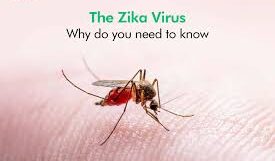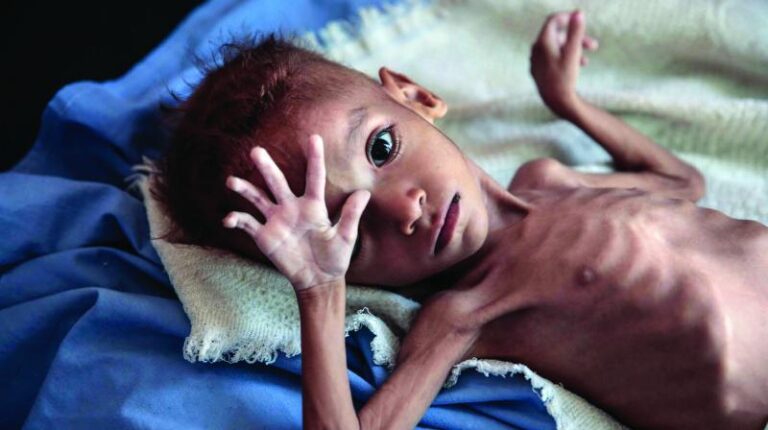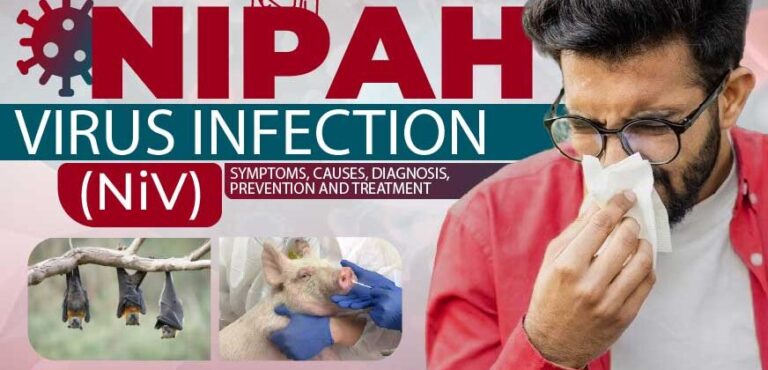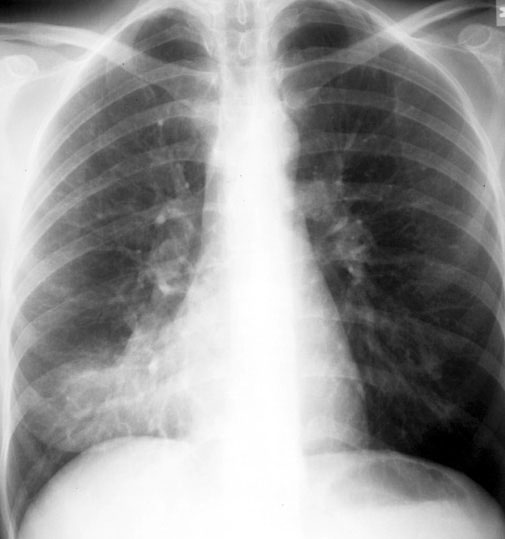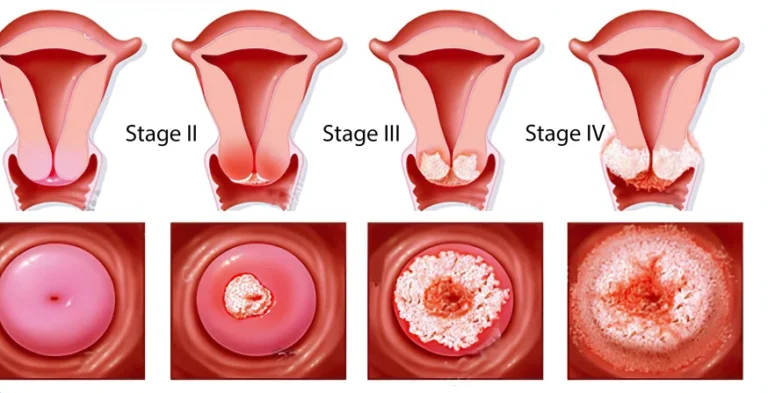Health security
 Health security is a multifaceted concept that encompasses the activities required to minimize the danger and impact of acute public health events that endanger people’s health across geographical regions and international boundaries. It goes beyond traditional notions of national security, recognizing that infectious diseases, environmental hazards, and other health threats can transcend borders and destabilize societies.
Health security is a multifaceted concept that encompasses the activities required to minimize the danger and impact of acute public health events that endanger people’s health across geographical regions and international boundaries. It goes beyond traditional notions of national security, recognizing that infectious diseases, environmental hazards, and other health threats can transcend borders and destabilize societies. Understanding Health Security:
- Definition:
- Health security aims to protect populations from health threats that can cause widespread illness, disability, and death.
- It involves preventing, detecting, and responding to public health emergencies, whether naturally occurring, accidental, or deliberately caused.
- Key Components:
- Prevention: Proactive measures to reduce the likelihood of health threats emerging.
- Detection: Robust surveillance systems to identify and monitor potential threats.
- Response: Coordinated and effective actions to contain outbreaks and mitigate their impact.
- Preparedness: Building capacity to anticipate and manage health emergencies.
- Resilience: Strengthening health systems to withstand shocks and recover quickly.
Key Health Security Threats:
- Infectious Diseases:
- Pandemics (e.g., COVID-19, influenza).
- Emerging and re-emerging infectious diseases (e.g., Ebola, Zika).
- Antimicrobial resistance (AMR).
- Pandemics (e.g., COVID-19, influenza).
- Environmental Hazards:
- Climate change-related health risks (e.g., heatwaves, floods, vector-borne diseases).
- Chemical and radiological incidents.
- Air and water pollution.
- Biological Threats:
- Deliberate release of biological agents (bioterrorism).
- Accidental release of dangerous pathogens.
- Deliberate release of biological agents (bioterrorism).
- Health System Vulnerabilities:
- Weak health infrastructure.
- Lack of access to essential medicines and vaccines.
- Health workforce shortages.
- Poor sanitation and hygiene.
- Weak health infrastructure.
International Health Regulations (IHR):
- The IHR, adopted by the World Health Organization (WHO), provide a legal framework for countries to prevent, detect, and respond to public health emergencies of international concern.
- They emphasize the importance of national core capacities for surveillance, laboratory testing, and rapid response.
- The IHR promote international cooperation and information sharing.
Key Elements of Health Security Systems:
- Surveillance Systems:
- Real-time monitoring of disease trends.
- Early detection of outbreaks.
- Laboratory capacity for pathogen identification.
- Emergency Response Systems:
- Rapid deployment of medical teams.
- Coordination of resources.
- Effective communication strategies.
- Health System Strengthening:
- Investing in health infrastructure.
- Training healthcare workers.
- Ensuring access to essential medicines and vaccines.
- Investing in health infrastructure.
- One Health Approach:
- Recognizing the interconnectedness of human, animal, and environmental health.
- Collaboration between different sectors (e.g., public health, veterinary medicine, environmental science).
- Recognizing the interconnectedness of human, animal, and environmental health.
- Community Engagement:
- Building trust and partnerships with communities.
- Promoting public awareness and health literacy.
- Addressing social determinants of health.
- Building trust and partnerships with communities.
Challenges and Future Directions:
- Global Health Inequities: Disparities in access to healthcare and resources.
- Climate Change: The increasing frequency and intensity of climate-related health emergencies.
- Antimicrobial Resistance: The growing threat of drug-resistant infections.
- Geopolitical Instability: Conflicts and political tensions can hinder health security efforts.
- Sustainable Financing: Ensuring long-term funding for health security systems.
- Strengthening international collaboration.
- Advancing research and development.
- Improving communication and trust.
Health security is a shared responsibility that requires collaboration among governments, international organizations, healthcare professionals, and communities. By investing in robust health systems and promoting global cooperation, we can better protect populations from the devastating impacts of public health emergencies.



















